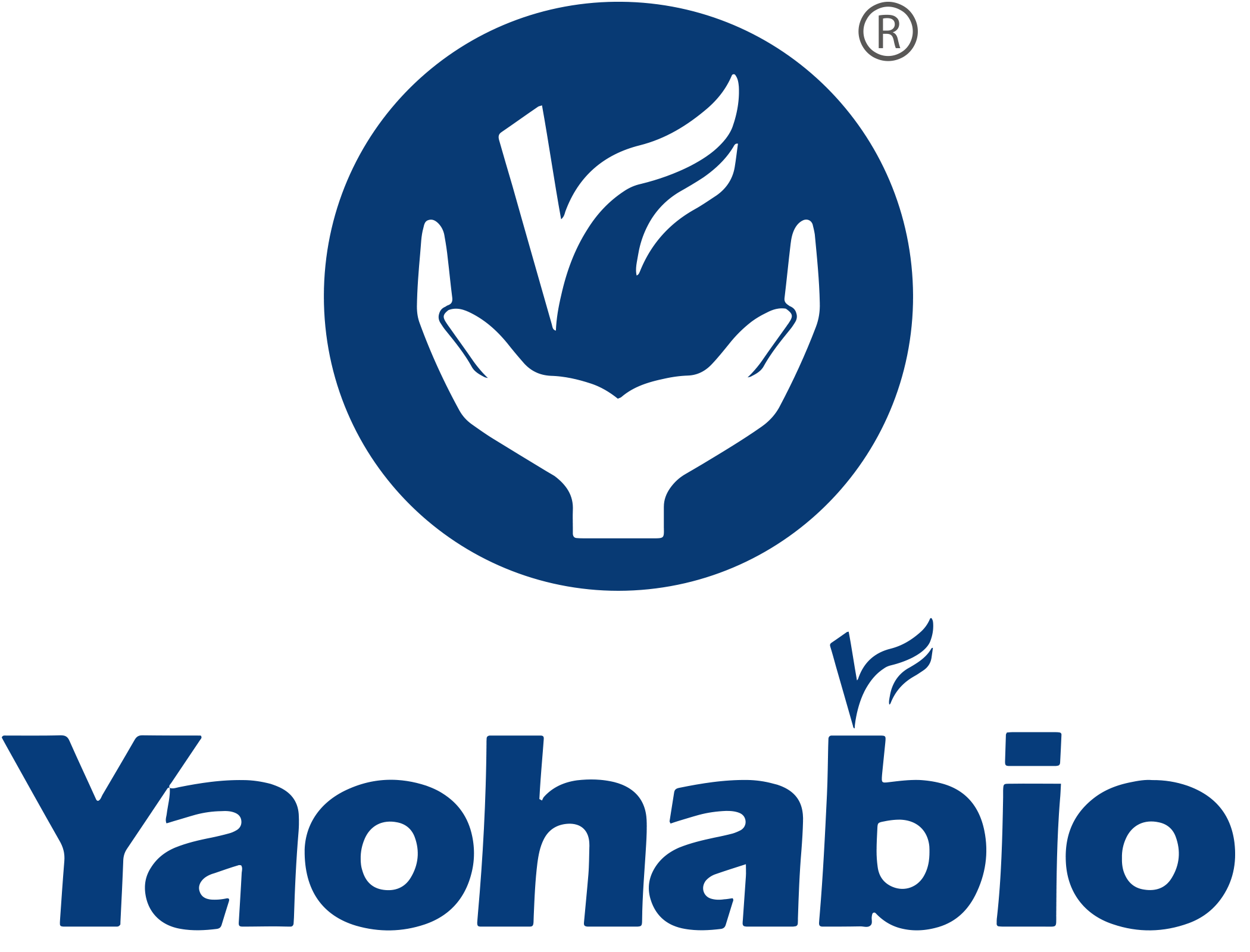Optimizing E. coli Cellular Integrity for Biopharma Production
In the field of biopharmaceuticals, Escherichia coli (E. coli) plays a vital role as a host for the expression of recombinant proteins. The cellular integrity of E. coli is crucial for protein yield, quality, and production costs. This integrity primarily involves the structure and function of the inner membrane (IM) and outer membrane (OM).
Yaohai Bio-Pharma has 15 years in E. coli fermentation and expression of recombinant protein. We use various strategies to keep high E. coli cellular integrity, the plasmid yield exceeds 1g/L within a cultivation cycle of 30 hours. Drawing on the extensive experience in microbial expression, Yaohai Bio-Pharma has summarized several effective strategies to monitor and improve the cellular Integrity of E. coli during biopharmaceutical production.
Techniques for Monitoring Cellular Integrity of E. coli
Flow Cytometry: Utilizes fluorescent dyes to differentiate cellular states, such as propidium iodide for detecting cell viability and SYTO9 for assessing OM permeability. However, it requires the high cost of stains and complex operations.
Colorimetric Methods: Reflect cell lysis by detecting DNA content, enzyme activities, etc., in the supernatant, such as using the PicoGreen reagent kit and alkaline phosphatase activity assays. These methods, however, are cumbersome and require expensive reagents.
High-Performance Liquid Chromatography: Used for offline detection of extracellular product concentrations to assess OM leakage. Yet, its automation is complex and the analysis time is long.
Vibrational Spectroscopy Techniques: Such as near-infrared and mid-infrared spectroscopy, which have potential applications but require overcoming spectral interference and data analysis challenges.
Dielectric Spectroscopy: Assesses membrane integrity by measuring the impedance of cell suspensions, enabling real-time online monitoring. However, it is susceptible to interference and calibration is difficult.
Biosensors: Can detect compounds leaked from within cells or the periplasm, but face issues like sensor regeneration difficulties.
Viscosity and Density Measurements: Low in cost and quick in analysis, but lack selectivity and require the consideration of multi-batch data for judgment.
Factors Affecting Cellular Integrity
Strain Engineering: Alters OM integrity through genetic engineering, such as mutating lipoprotein genes, but may impact strain growth.
Induced Stress: Overexpression of recombinant proteins leads to a metabolic burden, affecting cellular physiology. Therefore, reasonable regulation of expression levels is necessary.
Substrate Feeding Rate: Both excessively high and low feeding rates affect cell lysis and OM integrity.
Temperature and Aeration: High temperatures and low oxygen availability increase expression stress and OM leakage, respectively, but the specific effects vary.
Osmotics: Used to release periplasmic proteins but damage cell viability, limiting their application.
Conclusion Future research needs to delve deeper into the mechanisms and conditions of membrane repair to precisely control cellular membrane integrity. Optimizing monitoring methods, and analyzing influencing factors are expected to enhance product quality, thereby driving the development of the biopharmaceutical industry.
We are also actively seeking institutional or individual global partners. We offer the most competitive compensation in the industry. If you have any questions, please feel free to contact us at [email protected]
Hot News
-
Yaohai Bio-Pharma Passed EU QP Audit and Attains ISO Triple Certification
2024-05-08
-
BiotechGate, Online
2024-05-13
-
2024 WORLD VACCINE CONGRESS Washington
2024-04-01
-
CPHI North America 2024
2024-05-07
-
BIO International Convention 2024
2024-06-03
-
FCE COSMETIQUE
2024-06-04
-
CPHI Milan 2024
2024-10-08

 EN
EN
 AR
AR
 HR
HR
 CS
CS
 DA
DA
 NL
NL
 FI
FI
 FR
FR
 DE
DE
 EL
EL
 IT
IT
 JA
JA
 KO
KO
 NO
NO
 PL
PL
 PT
PT
 RO
RO
 RU
RU
 ES
ES
 SV
SV
 IW
IW
 ID
ID
 LV
LV
 LT
LT
 SR
SR
 SK
SK
 SL
SL
 UK
UK
 VI
VI
 ET
ET
 HU
HU
 TH
TH
 TR
TR
 FA
FA
 AF
AF
 MS
MS
 BE
BE
 MK
MK
 UR
UR
 BN
BN

